calsfoundation@cals.org
Grandison Delaney Royston (1809–1889)
Grandison Delaney Royston was an early Arkansas statesman, politician, and attorney who served at the constitutional convention of both 1836 and 1874, as well as serving one term in the Confederate Congress.
Grandison Delaney Royston was born on December 9, 1809, in Carter County, Tennessee. He studied as a child in a local subscription school and, later, at Presbyterian Academy in nearby Washington County, Tennessee. In 1829, he began law studies with a local judge and was admitted to the Tennessee bar in December 1831. He moved to Arkansas on April 1, 1832, first settling in Fayetteville (Washington County), where he would practice law and teach school for a short period. Later that year, he relocated to Washington (Hempstead County), where he spent the rest of his life.
Royston’s career in public service began when he was appointed prosecuting attorney in 1833 to one of the state’s four circuits, while also maintaining a private law practice. He served in this role until 1835, being elected as a delegate to the state’s first constitutional convention for the upcoming year.
On January 1, 1835, in Little Rock (Pulaski County), Royston married Clarissa Bates, a fifteen-year-old native of Herculaneum, Missouri.
In 1836, Royston was nominated U.S. District Attorney by President Andrew Jackson but was not confirmed due to an earlier legislative vote he had cast in opposition to the president. A few years later, he was nominated again, and confirmed, by President John Tyler.
Royston played an important role in a tragic event for the young state. On December 4, 1837, during the first meeting of the Arkansas General Assembly, Representative Royston watched as Speaker of the House John Wilson of Clark County attacked Representative Joseph J. Anthony of Randolph County on the floor of the House of Representatives, killing him with a Bowie knife. Wilson was immediately expelled from the chamber, and Royston was soon elected and sworn-in as the second Speaker of the House. In 1856, Royston was elected to the Arkansas Senate, representing Hempstead, Lafayette, and Pike counties.
Royston attained the rank of brigadier general during the administration of Arkansas’s third governor, Thomas Stevenson Drew, who served from 1844 to 1849. Royston was a member of Drew’s administration and was in the state militia. Historical accounts and news reports regularly refer to him as General Grandison Royston later in his life, but little evidence exists that he served in any wartime capacity.
In 1861, Royston was elected to the first Confederate Congress in Richmond, Virginia, and served only one term before losing a reelection bid to Rufus K. Garland. He, like many prominent southerners of the day, initially opposed secession yet supported the institution of slavery. On July 17, 1865, Royston and fellow former Confederate lawmaker Augustus Hill Garland traveled to Washington DC to receive a postwar pardon from President Andrew Johnson. Garland would go on to serve as governor and later become the first cabinet member from the state, serving as U.S. Attorney General under President Grover Cleveland.
The final chapter of Royston’s public life came in 1874 when he was elected to preside over the constitutional convention in Little Rock. He was the only member to have served in both this gathering and the first convention of 1836.
Royston, a staunch Democrat, served as a national convention delegate in later life, served on the University of Arkansas Board of Governors, and briefly considered a run for the U.S. Senate before ultimately deciding against it.
Royston’s death on August 14, 1889, at the age of seventy-nine was reported as far away as Maryland, where the Baltimore Sun reported him to have been the last surviving member of Arkansas’s 1836 constitutional convention and the last living witness to the Wilson-Anthony fray on the floor of the Arkansas House of Representatives. He is buried in the Old Washington Cemetery in Hempstead County. His home was listed on the National Register of Historic Places on June 21, 1971.
For additional information:
Arkansas Times and Advocate, December 11, 1837, p. 3.
“Gen. R. D. Royston, an Interview in which He Admits His Candidacy for U.S. Senate.” Arkansas Democrat, December 5, 1883, p. 4.
“General Royston, Sketch of the Life of a Former Tennessean.” Herald and Tribune (Jonesboro, Tennessee), October 29, 1885, p. 2.
“Grandison D. Royston House.” National Register of Historic Places nomination form. On file at Arkansas Historic Preservation Program, Little Rock, Arkansas. Online at https://www.arkansasheritage.com/arkansas-historic-preservation-program (accessed May 21, 2024).
Newberry, Farrar. “The ‘Grand Old Roman.’” Arkansas Historical Quarterly 18 (Spring 1959): 26–43.
“Old Timers in Arkansas, from the St. Louis Dispatch.” Fayetteville Weekly Democrat, April 13, 1882, p. 1.
“An Old Tragedy Recalled.” Baltimore Sun, August 16, 1889, p. 5.
Weekly Standard (Raleigh, North Carolina), November 24, 1836, p. 3.
Len Pitcock
Hot Springs, Arkansas
 Louisiana Purchase through Early Statehood, 1803 through 1860
Louisiana Purchase through Early Statehood, 1803 through 1860 Politics and Government
Politics and Government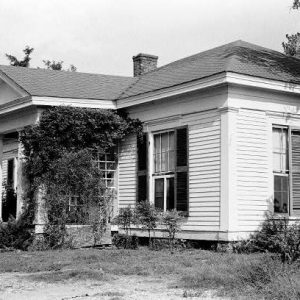 Historic Washington State Park
Historic Washington State Park 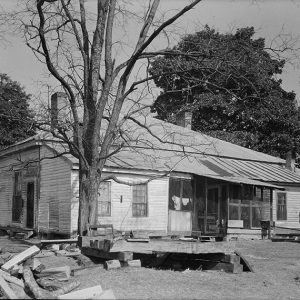 Royston House
Royston House 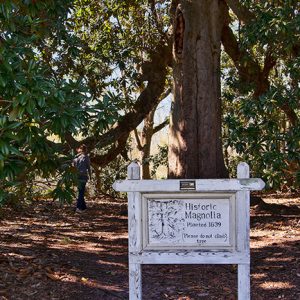 Royston Magnolia
Royston Magnolia 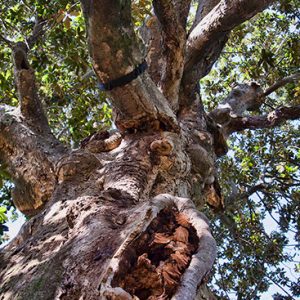 Royston Magnolia
Royston Magnolia 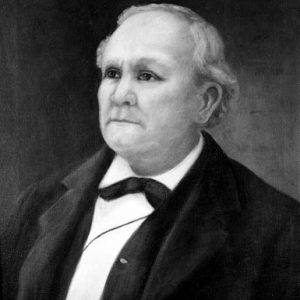 Grandison Royston
Grandison Royston 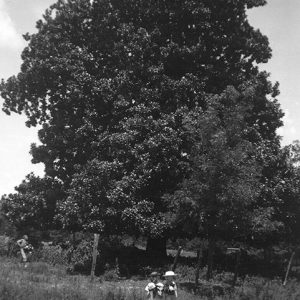 Magnolia Tree
Magnolia Tree 



Comments
No comments on this entry yet.